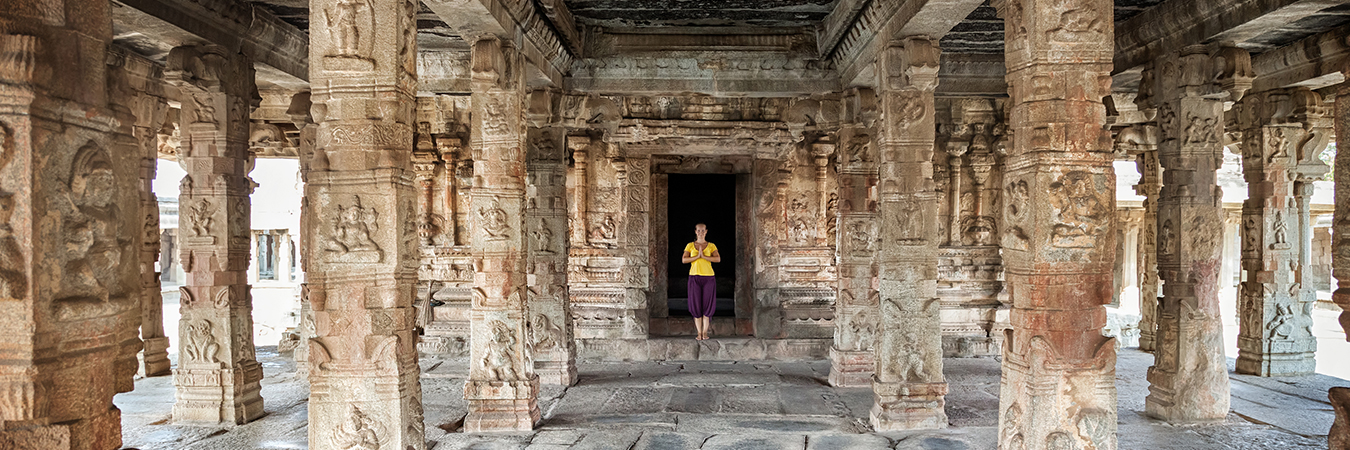
Everyone has heard of Bangalore, India’s IT hub, but few realise it is part of one of the most culturally rich and geographically diverse states in India: Karnataka. Stretching from the beaches of the Konkan Coast on the Arabian Sea to the hill stations of the Western Ghats and the fertile rivers of the Deccan Plateau, Karnataka has been inhabited since Paleolithic times, and was the centre of numerous kingdoms. The most significant of these was the medieval Vijayanagara Empire, and the ruins of its capital at Hampi are one of India’s most exceptional sites.
 Hampi Archaeological Site
Hampi Archaeological Site
The global importance of Hampi is recognised by UNESCO, and it has been designated a World Heritage Site.
At its peak in the 1500s, it was the second largest city in the world (after Beijing), and was home to half a million people.
The principle structures — seven lines of fortifications, gateways, temples, shrines, and even aqueducts — survive, and in far better condition than comparable sites such as Cambodia’s Angkor Wat.
The new Kaladham Museum brings the site to life with 3D panoramas and interactive technology, so that visitors can explore the streets of Hampi as it would have been, complete with multi sensory encounters.
 Hampi Chariot
Hampi Chariot
But Hampi is not just about the past: it is a place of pilgrimage and living traditions, part of India’s intangible cultural heritage.
The three-day Hampi Festival each November is a chance for guests to witness processions, music and dance, puppet shows, and fireworks.
There’s a classical music festival in February, major celebrations for Diwali in October, and significantly religious festivals throughout the year, when idols of the gods and goddesses are carried through the streets on chariots by costumed devotees.
 The Serai Chikmagalur
The Serai Chikmagalur
Rising above the plains of Hampi, Karnataka’s climate is cooler and moister, ideal for growing spices and coffee.
There are beautiful routes for hiking on the plantations, you can learn about the production methods at the Coffee Museum, and try the products in the factories. Guests have the opportunity to engage their senses of taste and smell, as well as to use their eyes and ears. It is a multi sensory experience.
It’s also possible to stay on a Coffee Estate, at The Serai Chikmagalur, one of the most exclusive hotel and spas in southern India.
 Coracle Ride
Coracle Ride
The natural landscapes are one of Karnataka’s biggest draws: they are dramatic and diverse.
In the national parks it is possible to see tiger in the wild, plus some of the largest elephant herds in India.
For a completely different way of seeing the waterways and their wildlife, we take guests on a coracle ride along the Tungabhadra The coracle —a small, round boat — is a traditional means of transport in this area of India.
Frequently cited as the highlight of a tour, it’s a tranquil way to see villages along the riverbank and to appreciate the importance of the river in shaping the landscape and supporting life
 Orange County
Orange County
One of Karnataka’s great charms, especially for American visitors, is that you can immerse yourself in history: ancient sites, historic buildings, are not just places to visit, take photographs of, and leave.
Traditions of music, dance, and theatre might date back thousands of years, but they are still practiced and evolving.
Extraordinary buildings, like Mysore Palace, are open to the public, but also still inhabited by the royal family, the Wodeyars.
And guests, too, can stay in heritage buildings inspired by ancient palaces, colonial bungalows, and tribal villages, even sleeping in the Zenana — the Queen’s quarters — at the new Orange County resort in Hampi.
Karnataka boasts a wealth of attractions that easily rival those of India’s Golden Triangle but which are far less well know. Excellent international flight connections to Bangalore make the destination easily accessible, and English is widely spoken across the state. The hotel infrastructure is well-developed, with a superb range of high-quality properties filled with character.
Karnataka is our #1 destination recommendation for travel in India in 2017-18.





 +1-(765)-586-1210
+1-(765)-586-1210 +44-2030-2689-44
+44-2030-2689-44 +91 124 4361906
+91 124 4361906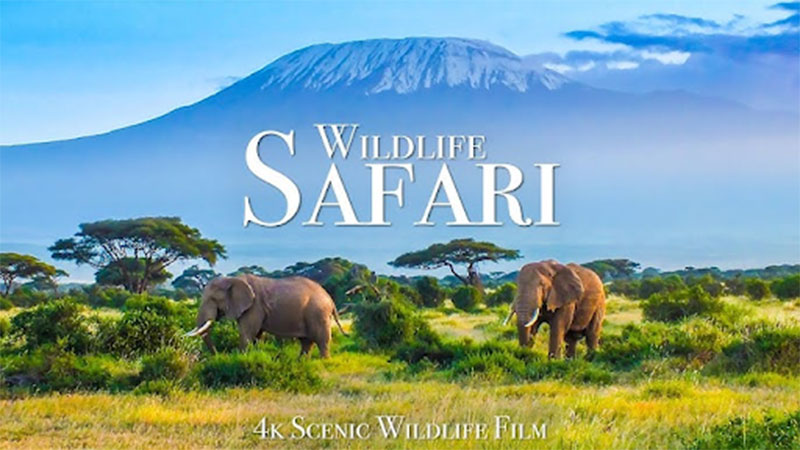

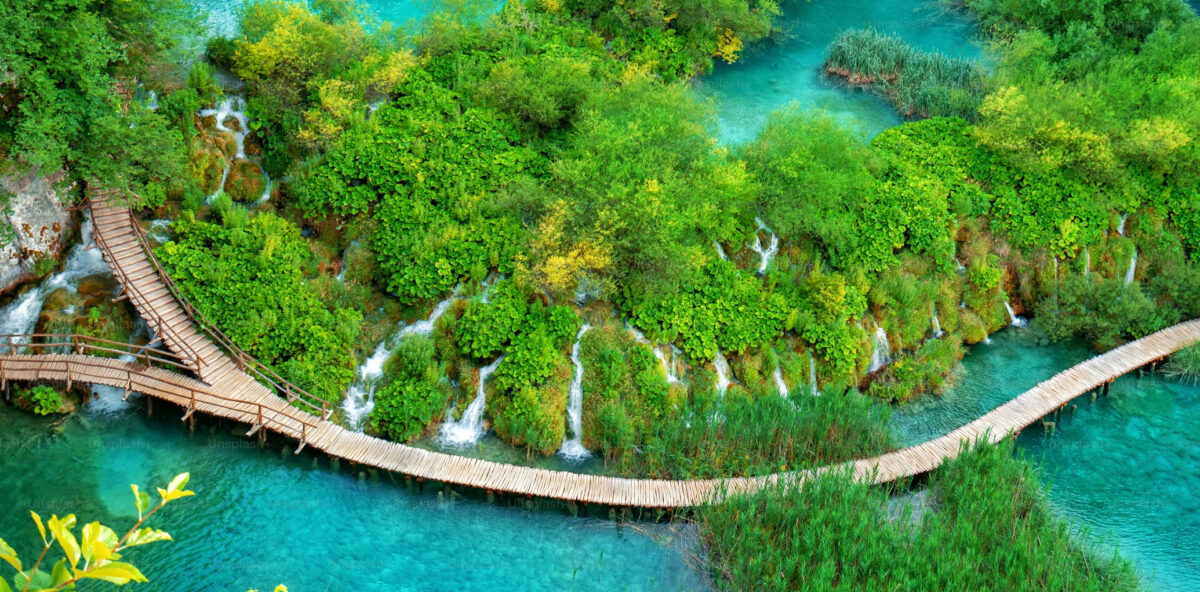



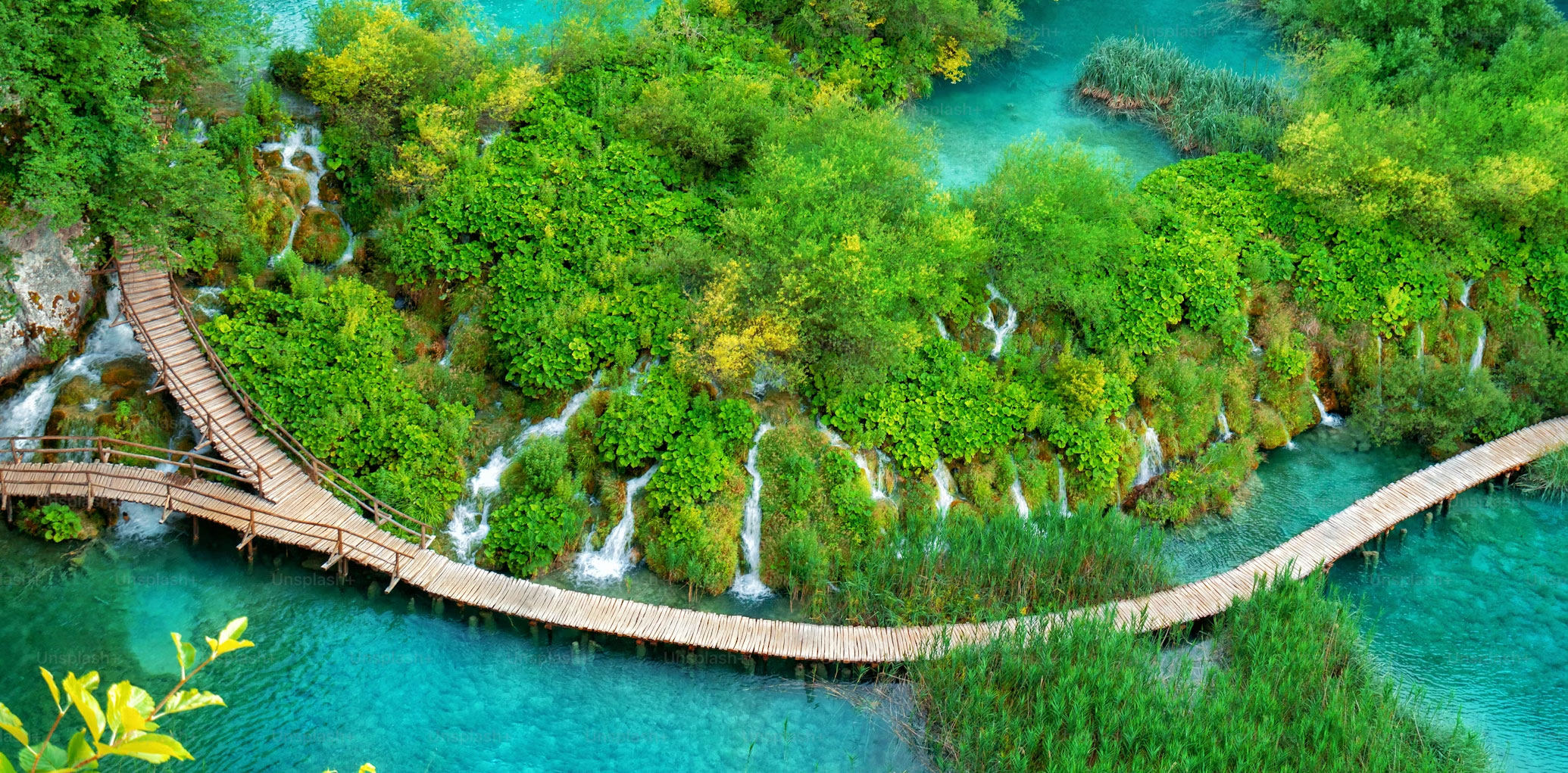
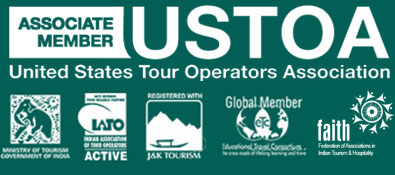


 +1-(765)-586-1210
+1-(765)-586-1210 +44-2030-2689-44
+44-2030-2689-44